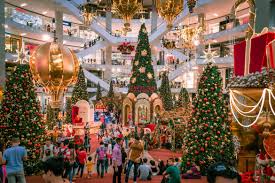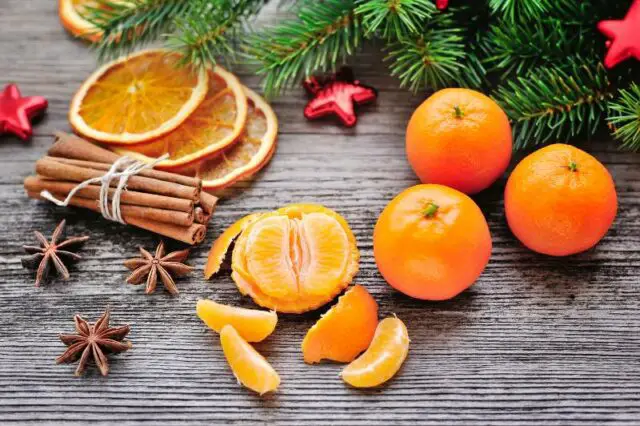The Spirit of Christmas is a tradition belonging to the Nordic countries and that, for several years, has been adopted in many cultures around the world as part of the customs characteristic of this time.
The month of December is usually a time to reflect, to take a look at how that year that is now ending was like, we set new goals, new dreams, all this wrapped up in that Christmas spirit.
Origin of the Spirit of Christmas
A Norse legend tells that more than 80,000 years ago, a being from a distant galaxy landed on earth and settled in a northern region, in the area that is currently known as the Scandinavian peninsula. It was about a joyous wandering traveler who preached his knowledge, and distributed gifts and blessings during his journey.
According to the different religious tendencies, various versions of the Spirit of Christmas are heard; On the one hand, there is talk of this Nordic person who distributed gifts and material goods, on the other hand, there is talk of angelic energy that brings wealth at all levels.
This holiday takes the date of December 21st, the day the Earth enters the winter solstice, which is when the planet is at the farthest point in its orbit with respect to the sun. This date is the propitious occasion so that, between 10 a.m. and a few minutes after midnight, the Spirit of Christmas descends to earth and visits men of goodwill, a reception that is repaid with abundance, peace, and love for the next 12 months.
In many homes it is customary to pray, creating new purposes seeking to receive wisdom, love, peace and abundance. Candles and incenses are often lit to give it a more spiritual and serene touch.

Whether you want to travel, have better health, find love, have peace, money or good luck, these types of actions will surely help you find more enthusiasm and passion.
Another theory about the Spirit of Christmas
Other theories indicate that the Spirit of Christmas has its origins in an ancient Celtic tradition that celebrated the arrival of winter, currently we call this the Winter Solstice, that is, the static sun that takes place every December 21st in the Northern Hemisphere .
The Celtic tradition that celebrated the winter solstice, like many others including Christmas, has been transformed over time to derive in the Spirit of Christmas.
These theories coincide in their relationship with the New Age, with esotericism and occultism. For this reason, the Catholic Church strongly rejects any activity that has to do with the celebration of the Spirit of Christmas.
Most common rituals to celebrate and receive the Spirit of Christmas

Cleaning
Many people do a deep cleaning in their homes that same day. There are others who do it starting the day, others do it at night. The idea is to leave the house clean to receive the Spirit of Christmas. They often add scents to cleaning products. They also light incenses of sandalwood, pine, tangerine or any woody or citrus weapon.
Candles
Many people use to light candles during the celebration. The most used candle colors are: red, green, gold and silver.
Company
According to the belief of some, that day the spirit of God is received at home. `As part of the celebration, some people prepare dinners, share with family and friends, and get into the real Christmas atmosphere.
Celebration
Generally, the celebration takes place between 22:00 pm and midnight on December 21st
The ritual
Triangle candles, incense and essence are placed on a table. You can add sacred objects, ornaments, fruits and special things for you.
The wishes
It is requested for the most desired collective well-being. We envision good and beautiful things for everyone. The particular objectives are thought about and they are visualized already fulfilled
Our wishes are written on paper in priority order, but it is also important to write our thanks for everything received and achieved during the year.
When you already have your wish list, pass it through the candle flames and the smoke of the incenses, put a few drops of essence and fold the paper so that you leave it overnight inside the triangle of candles.

